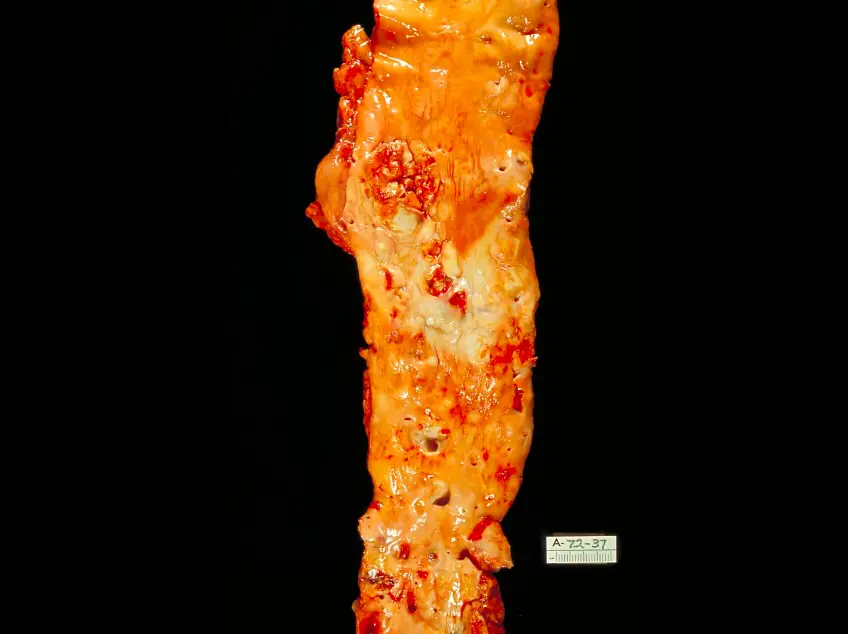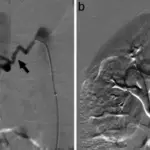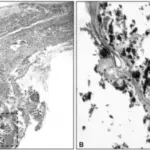Arteriosclerosis is medically defined as the hardening of the small arteries and the arterioles characterized by arterial wall thickening and loss of elasticity.
What is the Pathology of Arteriosclerosis?
The pathology of arteriosclerosis is:
-Etiology: The cause of arteriosclerosis is modifiable and non-modifiable genetic abnormalities, family history, increasing age male gender, hyperlipidemia, hypertension, diabetes, obesity, cigarette smoking, and inflammation.
-Genes involved: NA.
-Pathogenesis: The sequence of events that lead to arteriosclerosis are endothelial injury leading to increased permeability, leukocyte adhesion, and thrombosis later accumulation of in the vessel wall leading to platelet adhesion. Monocyte adhesion to the endothelium, migration into the intima, and differentiation into macrophages and foam cells ensues. Lipid accumulation within the macrophages stimulates inflammatory cytokine release which enduces smooth muscle cell proliferation.
-Morphology: The morphology associated with arteriosclerosis shows intimal lesions containing plaques filled, fibrous cap with smooth muscle cells, macrophages, and fatty streaks.
-Histology: The histology associated with arteriosclerosis shows abnormal arterial lumens that may be partially obstructed by plaque with intimal wall thickening.
How does Arteriosclerosis Present?
Patients with arteriosclerosis typically are older males. The symptoms, features, and clinical findings associated with are not seen but they occur once the plague is dislodged or ruptured.
How is Arteriosclerosis Diagnosed?
Arteriosclerosis is diagnosed arteriogram, lipid profile tests, chest x-rays, echocardiogram, and the exercise stress test.
How is Arteriosclerosis Treated?
Arteriosclerosis is treated by a change of lifestyle, healthy diet, exercise, anticoagulants, angioplasty, and potentially coronary stent placement.
What is the Prognosis of Arteriosclerosis?
The prognosis of arteriosclerosis depends on the location and degree of arteriosclerosis.



